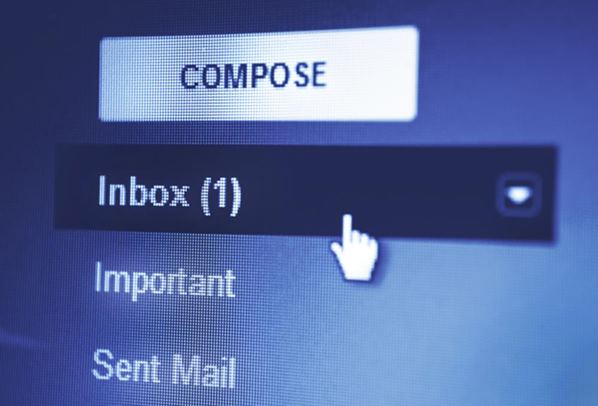
Email letters have been one of the major and most convenient channels for communication with customers. They are quick, easy to use, and don’t require too much preparation.
Still, there is always something to be improved in the way we message customers. Whether you are a part of the professional customer support team in a custom writing service e.g. SmartWritingService, or in a local business, good conversation skills are a must. So, today’s talk will be about how to increase the effectiveness of customer service through email.
What Makes a Good Customer Service Email Letter
Every customer wants to feel understood and protected and that is why they turn to customer support teams. To resolve specific situations that arise after or while ordering, the support team must know a few tips and tricks to provide meaningful answers and establish personal contact with the client.
So, if you want to sound like a living person who cares about each of your customers’ needs, not a robot that writes identical emails, follow us in the main tips on creating a worthwhile letter.
Greet the person
Did you know that calling a person by name is proven as an effective method if you want to be viewed as more favorable in their eyes. Avoid using words like ‘customer’ or addressing people by the numbers of orders they have made. Starting with the First Name will be perfect and not too formal for an average customer support letter.
Greeting the client has got many pluses but the main point is to get personal and create a connection. Only robotic systems would address customers with numbers or standard phrases. So, remember to use the name, and be polite when greeting the person so that they could have a good impression of communication.
Express gratitude
Before you try to provide an answer or go into specifying the details, it’s important to let the other side feel respected. When you thank a person for choosing your company and using your service or goods, you show honor and let them know how valuable their participation is.
Anyway, if it wasn’t for these customers, you wouldn’t know that something goes wrong with the good or service and, hence, couldn’t fix it. For expressing thankfulness, any words will do except for too informal ones.
Use summarizing or paraphrasing
As you get closer to the heart of the issue, here it makes sense to repeat the problem once more. Why? Firstly, paraphrasing can let you pick up many important details and even unveil what was said with other words. Very often, clients write emails in a state of being too emotional and can easily exaggerate the issue. Secondly, if the issue is extensive and needs a thorough examination, you can outline everything, in brief, to find out the main stages and build a plan on how to provide help.
When you get down to answering the problem, try to make this as simple and sequenced as possible. For instance, you could make use of the following tools:
- Screenshots;
- FAQ guides;
- Links to materials/videos to use;
- Examples.
Answers provided as a list of steps to take to solve this issue would be much easier to grasp and carry out. Be also sure that you give comprehensive answers to direct questions the customer mentions in the text of a message. If they express some distrust or doubts, it is your responsibility to scatter them and build the relationships of trust and transparency between you.
Balance informal and formal styles
Here we cannot give a strict rule to help you write emails for all categories of clients. But as you face various situations, try to think about what kind of vocabulary it would be more natural to use.
Even though you might use formal templates for customer support letters, make this automation comfortable and bring your own changes into the style.
Keep your language simple
Now, the rule of a productive business is to speak to the client in accordance with their background and lifestyle. The language must reflect not how many university degrees you have got but how ready you are to give effective assistance. On the other hand, using jargon on slang words is another bad sign – if you use them in emails at work, it will seem as if you get too familiar with the person.
If you’re not experienced in answering emails like this, here is another tip: try to look at which words were used by the client and shape your answer using the same words if they fit into the situation.
Close the letter right
The last thing to create a successful email to the customer is having a good closeup. Sometimes simple wishes to have a good day or a story told about a similar situation solved can make a person’s day and open them up even more. Do not try to invent voluminous closures. Words like ‘Best wishes’ will surely do.
All in all, creating a good email to a customer isn’t a difficult thing if you write it honestly, transparently, and sincerely. With the right beginning, writing sequenced steps to solve the issue, and being personal, your email letters will hit home and leave clients impressed and satisfied.




